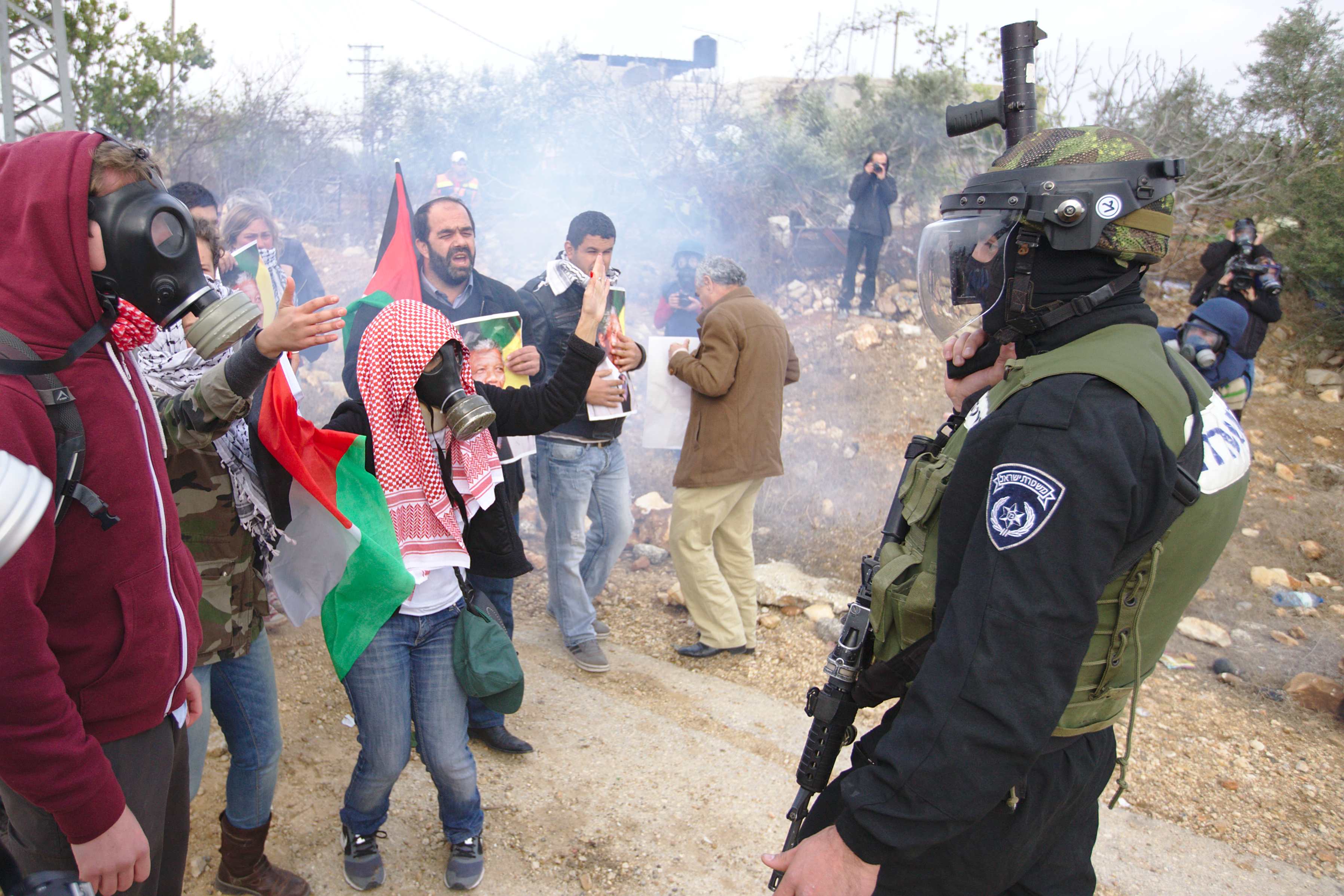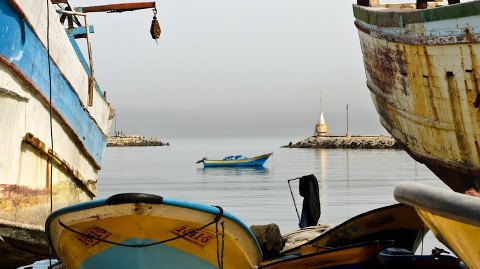Tag: Injury
-
Three people detained and several people injured during demonstration in Nabi Saleh
8th December 2013 | International Solidarity Movement | Nabi Saleh, Occupied Palestine Yesterday, the village of Nabi Saleh held an event to commemorate the deaths of Mostafa and Rushdi Tamimi. It is the second year anniversary of the death of Mostafa who was killed during a demonstration. The 7th of December also marks 26 years since…
-
Palestinian fisherman injured and his finger amputated as Israeli naval troops fire at fishing boat in Gaza sea
21st September 2013 | Palestinian Centre for Human Rights | Gaza, Occupied Palestine On Wednesday, 18 September 2013, a Palestinian fisherman was injured and consequently one of his fingers was amputated when Israeli naval troops opened fire at Palestinian fishing boat on board of which 5 fishermen were sailing nearly 6 nautical miles off Gaza Harbour. The…
-
Three injured during weekly Bil’in demonstration
13th September 2013 | Friends of Freedom and Justice | Bil’in, Occupied Palestine Today, 09/13/2013, the weekly demonstration at Bil’in continued with protests in solidarity with the prisoners in Israel, against the illegal settlements and the apartheid wall. Three people were injured, Abdullah Ahmad Yassin (22), was shot with a tear gas canister in the head,…



